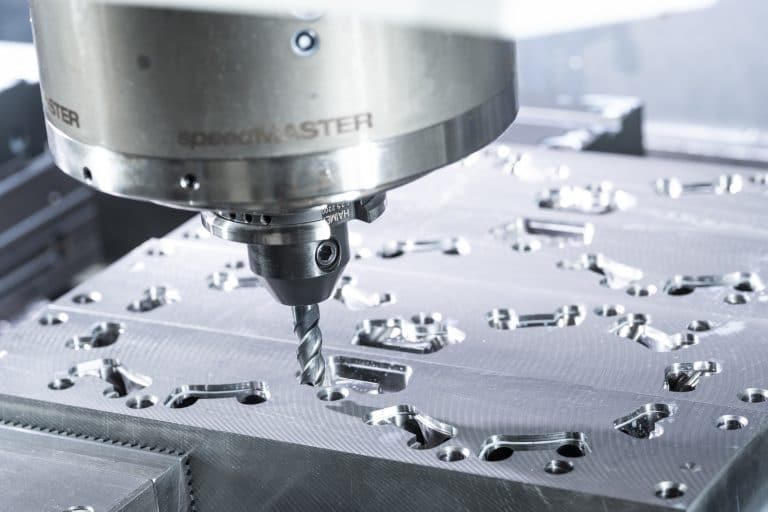Many design choices come down to material, quantity and complexity. These are the three key features of a part, which determine which manufacturing process is most suitable for the part.
When you hear the word “over engineering”, you may think of the overly complex products we have all encountered, which seem too complex for their intended use.
Over engineering actually refers to and is associated with inefficient products, services, infrastructure, buildings, facilities and machines, whose development, maintenance and operation costs are too high. We can name the above items as over writing, over drawing, or over engineering, which have negative effects.
In engineering, we can distinguish between hardware and software over engineering. Because software has greater flexibility and freedom, it is more susceptible to over engineering than hardware design.

Over Engineering And Under Engineering
It is not difficult to recognize that the product design is insufficient, and it is usually completed during the test according to the verification and validation standards. Poorly designed products can be dangerous because not all specified system requirements are met and one or more system elements are not yet available.
But what about over engineering? Over engineering products may also fail due to over engineering. We have implemented one or more unnecessary system components, which may fail or increase unnecessary costs during production and processing. After all, the more complex the workpiece, the more process flow and the higher the cost.
Avoiding Over-engineering Machined Parts
Customers use our CNC machining services, including milling and turning functions, for rapid prototyping and small volume production of end-use plastic or metal parts. Here are some key processing challenges to consider.
Avoid Unnecessary Surface Treatment
For customers in the development / prototyping stage, this is mainly a problem. They want their parts to look flawless, so they need a high level of polishing. However, because it is a prototype, this part is not really ready for public use, so the appearance is not so important. It is true that sometimes the designer does need to show the prototype to the company manager or potential investors, so the parts need to be highly completed, but usually at this stage, it is not necessary to do so.
In sans machining, all parts will be processed by grinding machine to ensure that the finish of the parts is about 0.4. If a higher finish is required, the cost will increase. Therefore, it can be determined whether a higher finish is required according to actual needs.
Avoid Excessive Tolerance
This usually happens when customers require their reaming to have a particularly strict tolerance, even if the corresponding locating pin does not require that level of tolerance or accuracy. Don’t over engineer it, or, if you like. We recommend using standardized tolerances for machined parts. At sans machining, the tolerance of our standard prototype and production processing is + / – 0.1mm. If there are requirements for tolerance, it can be marked on the drawing. Remember not to over formulate high tolerance, because it will greatly increase the production cost.
Consider Your Material
In terms of processed plastics, we see that customers choose unnecessary expensive materials for their parts. In some cases, when these functions are not really needed, they will require highly specialized plastics with chemical resistance or heat resistance. Sometimes we can recommend other cheaper alternative materials, which can save customers’ costs without affecting the use.
Summary
Design is a means to meet the needs of products and users, but it is never the ultimate goal and result. It is absolutely impossible to design for the sake of design. Therefore, we should grasp the “degree” of design in product design to avoid excessive design.
The “degree” in design mainly comes from the actual needs of products and users. If the “degree” is exceeded, it will become excessive design, which can not solve the actual needs of products and users, but will bring more negative effects.


